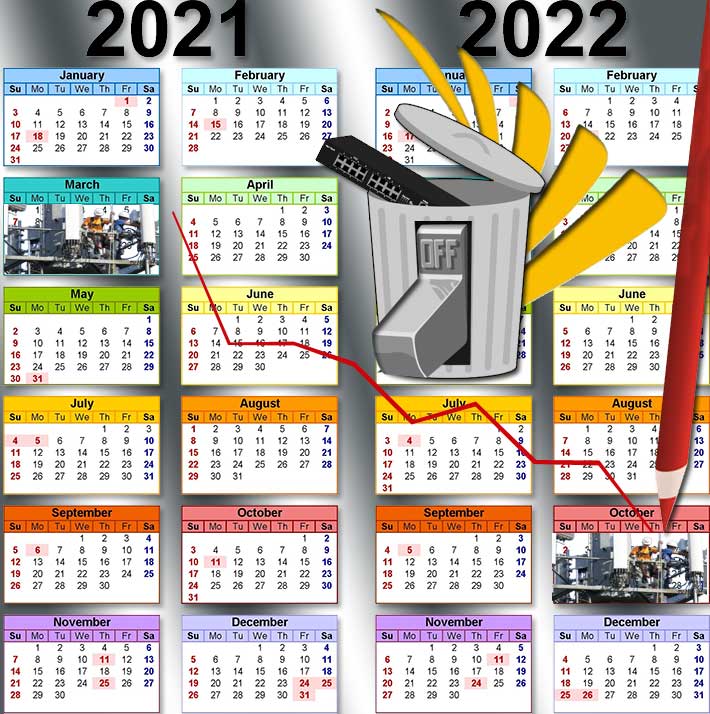
T-Mobile is expected to have the lion’s share of its Sprint sites decommissioned in 2022
During a UBS investor webcast last week, T-Mobile CEO Mike Sievert said that the carrier is taking down Sprint’s network on an “isolated basis,” but decommissioning work – the bread and butter of wireless contractors – is mostly a 2021 and 2022 endeavor.
Sievert informed UBS moderator John Hodulik that T-Mobile likely will begin its serious shutdown efforts of the Sprint network starting in 2022.
“And so think of it more as 2022 than 2021, but you’ll see a lot of it happening through both calendar years. And this is really great. We’ve done this before. This part — this is different, of course, but this part is exactly like what we did with Metro and to where we go build that capacity on the destination network, start dynamically moving the traffic over. And then when — in each area when you’ve got enough of the traffic moved and you believe you can carry it all, you go ahead and shutdown the prior Sprint legacy network,” said Sievert.
Sievert said T-Mobile expects to cover 100 million people with 5G in 2.5GHz by the end of 2020, and 200 million by the end of 2022.
Sievert jumped at the opportunity to promote T-Mobile’s extended range LTE as a huge advantage versus what other carriers are doing with Dynamic Spectrum sharing (DSS).
“The other guys are bumping around, like a Verizon with Ultra Wideband, maybe 2, 3, 4 million. And they’re talking about a lot of new cities, but little parts of cities and towns. You know their strategy. I predict they’re going to have a wholesale change in their strategy over at Verizon. They’re going to discover that they need to have a mid-band-centric 5G approach,” Sievert said.
“This is the way that you get very-very high ultra-capacity 5G experiences to people by the millions and tens of millions. Our signal reaches miles, not meters.”
Sievert acknowledged that Verizon bested them in the 4G area.
“They got out first. They got out best and they stayed ahead on network through the entirety of the 4G era. We worked really hard to catch up, kind of caught them as the era was ending, not in square miles but in overall PoPs and coverage and capacity,” he said.
But he said it’s now T-Mobile’s day in the sunshine.
“In 5G, that’s our opportunity. We’re starting out way ahead and we intend to lead for the entire era. And not just be the best 5G network in terms of speed and capacity but to be the best network. And this – we’re a pure-play wireless company. And we know that in order to win, we have to have the best and the leading network in this country. And we have to become famous for it, which frankly is even harder because brands are stubborn. Brands are powerful,” Sievert said.
The UBS Global webcast is available here.
















